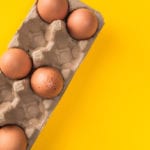 Humans
Humans  Humans
Humans  Miscellaneous
Miscellaneous 10 Famous Brands That Survived Near Bankruptcy
 Mysteries
Mysteries 10 Chilling Facts about the Still-Unsolved Somerton Man Case
 Weird Stuff
Weird Stuff Ten Truly Wild Theories Historical People Had about Redheads
 Movies and TV
Movies and TV 10 Actors Who Hate Their Famous Movie Roles
 Technology
Technology 10 Thrilling Developments in Computer Chips
 Misconceptions
Misconceptions 10 “Groundbreaking” Scientific Studies That Fooled the World
 Books
Books 10 Famous Writers Who Came Up with Everyday Words
 Mysteries
Mysteries 10 Unsolved Mysteries from the Cold War
 Pop Culture
Pop Culture 10 Fictional Sports That Would Be Illegal in Real Life
 Humans
Humans 10 Inventors Who Were Terrible People
 Miscellaneous
Miscellaneous 10 Famous Brands That Survived Near Bankruptcy
 Mysteries
Mysteries 10 Chilling Facts about the Still-Unsolved Somerton Man Case
Who's Behind Listverse?

Jamie Frater
Head Editor
Jamie founded Listverse due to an insatiable desire to share fascinating, obscure, and bizarre facts. He has been a guest speaker on numerous national radio and television stations and is a five time published author.
More About Us Weird Stuff
Weird Stuff Ten Truly Wild Theories Historical People Had about Redheads
 Movies and TV
Movies and TV 10 Actors Who Hate Their Famous Movie Roles
 Technology
Technology 10 Thrilling Developments in Computer Chips
 Misconceptions
Misconceptions 10 “Groundbreaking” Scientific Studies That Fooled the World
 Books
Books 10 Famous Writers Who Came Up with Everyday Words
 Mysteries
Mysteries 10 Unsolved Mysteries from the Cold War
 Pop Culture
Pop Culture 10 Fictional Sports That Would Be Illegal in Real Life
10 Strange Uses For Blood
Blood. The word alone conjures up images of gruesome accidents and ghastly sacrifices to vicious gods. The red stuff that oozes out of our bodies is an inescapable reminder of our own mortality. For this reason, blood has always had powerful ritual significance. But as we learned more about blood, we realized there’s so much more to do with it than sacrifice each other to an angry deity.
10Meat Glue
While the meat industry refers to the sticky stuff that holds their cuts of beef together as transglutaminase, most people simply call it meat glue. Restaurants and meat processors will often have a lot of extra pieces of meat lying around that don’t fit with their usual lineup of items. To make these scraps look appealing to customers, they will bind them together with a sort of glue that, if used properly, you won’t even notice is there. The sticky substance is made using cow and sometimes pig blood. Unsurprisingly, this practice has led to some controversy, despite being much safer than something like pink slime.
Many people are concerned that it will lead them to unwittingly violate their religious beliefs, since meat glue made from pig blood may not be clearly labeled on a menu or list of ingredients. Of course, there are also other questions raised by this dubious practice. Some people feel that it’s a deceptive way to market a product to the consumer. Worse, allowing the center of a cut of meat to remain uncooked or “rare” is safe because that part of the meat has not been exposed to the open air. However, if you unknowingly buy a glued-together meat Frankenstein, then you might end up with unexpected bacteria.
9Horseshoe Crab Blood
Humans, as the apex predators we are, tend to poke around the entire animal kingdom for anything and everything that we might find useful. Somewhere along the line, someone decided to test the blood of horseshoe crabs to see if it had anything useful, and before long a whole new industry was born. A chemical in the crabs’ startlingly blue blood has absolutely incredible properties. The chemical is called coagulen. At one part per trillion, it can locate bad bacteria in your blood and clot it into a gel-like substance. This doesn’t destroy the bacteria, but does render it ineffective, unable to do you any harm.
The substance is now being used to test drugs before approval by the FDA, as well as to make sure that devices such as pacemakers are sterile. The industry requires the blood of about half a million crabs a year, which is unfortunately threatening their numbers. While the crabs are sent back to the water after being bled and most of them survive, a study found that the females are significantly less likely to mate after the process. It seems that living creatures find it traumatic to be kidnapped from their home, bled for a while, and then dropped back off like it’s no big deal. To avoid possibly killing all of the horseshoe crabs, scientists have been working on a synthetic version of their blood and seem to be making good progress so far.
8Blood Bricks
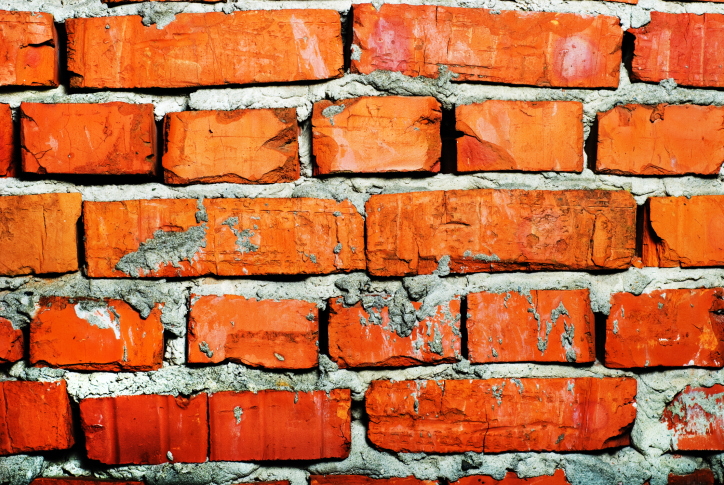
British architect Jack Munro had perhaps been watching too many vampire specials when he came to the conclusion that there was a lot of cow blood going to waste out there. Now, many people would look at blood and perhaps think of its chemical properties or uses in food processing. However, since Munro was an architect, his first thought was to try and build something out of it. And so began his experiments to create a brick made of blood. Amazingly, he succeeded.
Munro took fresh cow blood and mixed it with sand, water, preservatives, and an anti-coagulant. The entire mixture was then put in a mold and baked—essentially the same process used to make clay bricks. Our architect friend thinks that this process could make tons of cheap bricks, which would in turn mean more affordable housing, especially in places where resources are scarcer. His next goal is to make a house entirely of the blood blocks. Of course, no matter what spin he puts on it, nothing will change the fact that a house made of blood is going to be all kinds of haunted.
7Dreamtime Rituals
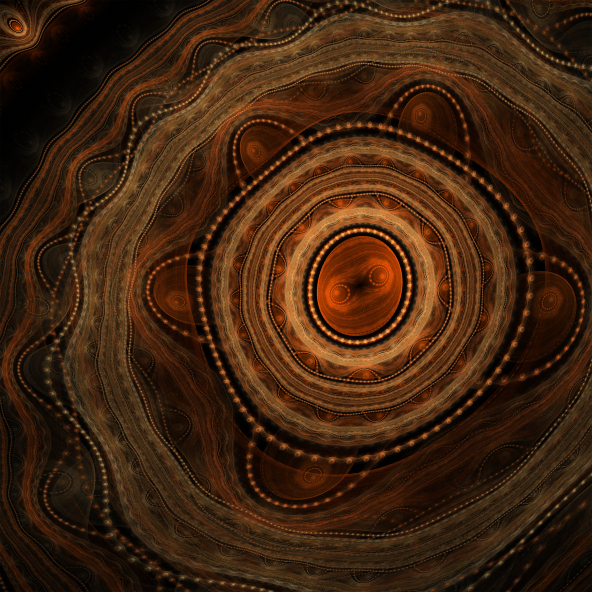
The Australian Aboriginal peoples have their own unique view on the creation of the world, which they call Dreamtime. The Dreamtime was the period back when the world was young and everything was still being created. The Ancestor Beings woke and emerged from beneath the Earth, leading to the creation of all life today. These beliefs are strongly centered on the importance of spirituality in nature—the sacredness of the Earth itself. The Aboriginal people keep these tales alive through what they call Dreaming; ceremonies where the creation is reenacted in song and dance to the sounds of the didgeridoo and clap sticks.
A key part of the Dreamtime beliefs is the idea that blood represents a physical way to connect to the spirit world. In fact, the Aboriginal peoples saw deposits of red ocher in the earth and found significance in their red color and resemblance to veins. For this reason, they thought the red ocher was the circulatory system of the planet. In many rituals, ocher would be mixed with blood and spread on the body. Scholars believe that blood was also favored as part of the ritual because it helped attach feathers to the body, as the blood acted somewhat as an adhesive.
6Paint
Somewhere along the line, Vincent Castiglia seems to have taken the phrase “blood, sweat and tears,” just a little bit too literally. The Brooklyn-born artist makes paintings using his own blood as paint. Like many things, Castiglia started small, taking a little bit of blood at a time and mixing it into small drawings. However, his passion for sanguinary paintings soon grew, reaching the point where he was creating entire portraits, some taller than him, using nothing but blood.
Castiglia claims to have needed as many as 30 vials of blood for some of these portraits and says he usually sucks about 15 vials out of himself at a time. He told a reporter that he was formerly even more careless about how much blood he removed at a time and that he believes his regular loss of fluid may have been why his right lung subsequently collapsed. Of course, he does have pretty strong motivation to keep up his crazy painting habits—his pieces often sell for tens of thousands of dollars each.
5Magic Menstrual Potions

Blood has always had an important place in magic, but many rituals call for menstrual blood specifically. While it may sound absurd at first, back when people’s understanding of the world was more primitive, menstrual blood was seen as symbolic of fertility, the reproductive process, love, and sex in general. This made it the desired ingredient when it came to magic spells involving love.
Some folk stories suggest that a woman slip menstrual blood into a man’s food or beverage and wait for the magic to happen. Supposedly, this will either make him fall in love with her or, if they are already married, ensure that he won’t ever leave her or be unfaithful. Even more strangely, some cultures, including the ancient Romans, believed that a man could use menstrual blood on women with the same effect.
Menstrual blood has also been used in negative magic, sometimes just as an attempt to render someone infertile, but sometimes to kill them as revenge. Regardless of whether it actually has any magical effect, drinking someone else’s blood just sounds incredibly gross. Bizarrely, this practice still seems to take place in some parts of the world. In Singapore, a maid was recently charged with allegedly putting menstrual blood in her employer’s coffee, in the hopes that it would cause him to be nicer to her.
4Ancient Astronaut Theories
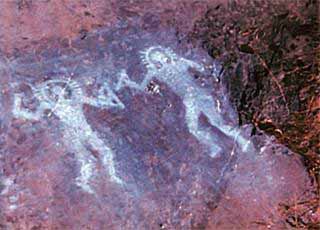
Blood types are still not completely understood by science, mostly because they were only really discovered in 1901. And unfortunately, any time you have a realm of science that isn’t fully explored, someone with a strange agenda and questionable grasp on reality will use it to talk up their theory. For those of you who aren’t familiar with it, the ancient astronaut theory suggests that aliens came to our planet thousands of years ago and influenced mankind’s development, sharing technology and, in some versions, breeding with humans. Many people are convinced that aliens, or their offspring, still walk among us.
One of the most bizarre recent versions of the belief is the blood type theory. The Rh blood group is one of 33 human blood group systems, defined as being either Rh positive or Rh negative. This can be a very important distinction for more than just blood transfusions. When an Rh negative woman becomes pregnant with an Rh positive child, there is the possibility of Rhesus disease. Essentially, the pregnant woman’s blood cells build up antibodies against the baby’s own blood, which can lead to the baby being born with anemia or jaundice. Fortunately, modern medical science means that the problem can usually be caught early and solved without any complications.
This medical fact has led to a very odd theory. If you dig around the Internet a little, you will find a wealth of people who believe that Rh negative blood is somehow indicative of reptilian origins—anyone with Rh negative blood is supposedly descended from the ancient astronauts that bred with our species long ago. One theorist suggests that Rhesus disease is due to this connection between Rh negative mothers and ancient aliens, since lizard-people would obviously have trouble birthing a normal human baby. According to the reptile theorists, if you have Rh negative blood, you also have lower blood pressure and temperature, “Hyper Vision,” invisible shielding, and possibly a tail.
3Blodplattar
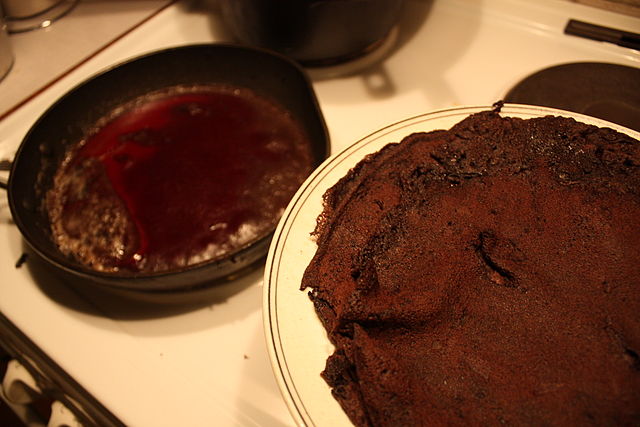
When most people think of frying up some pancakes, they might indulge by adding chocolate chips or berries. However, being the most metal part of the world, Sweden and Finland have a different take on this classic breakfast item. Blodplattar means “blood pancake” (although the word can also refer to blood platelets). These delectable treats are made by mixing flour, milk, and all the usual pancake ingredients, and then adding a nice helping of room temperature animal blood.
The pancakes are a traditional favorite and considered a great way to get protein and iron. In Finland, it is relatively common to simply buy a container of frozen animal blood at the grocery store for later use. The pancakes are usually served with lingonberry jam or sugared lingonberries. It may sound gross, but it would certainly be a nutritious and hearty meal. Not only that, but once you got past the unfamiliar taste, there’s no reason it wouldn’t be delicious.
2Snake Blood Is Amazing
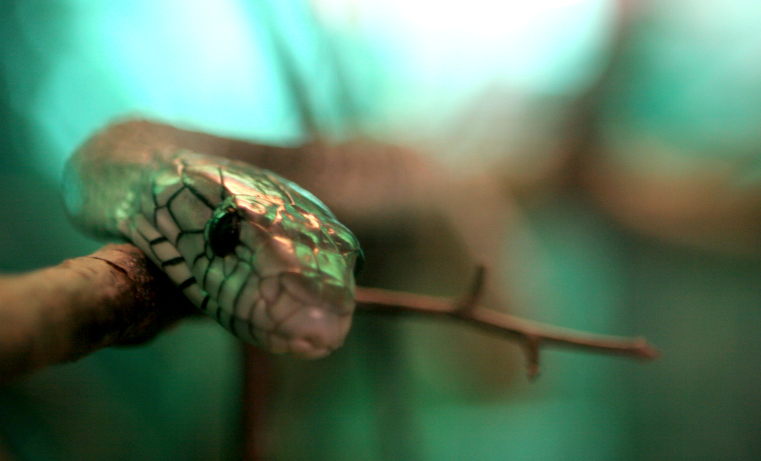
Most of the time when you think of a snake, you probably imagine something venomous enough to put a quick and miserable end to your earthly existence. However, it turns out that scientists have discovered something in python blood that could actually be beneficial to mammalian hearts. Pythons often have a bad case of eyes that are too big for their stomachs, grabbing humongous meals as a result. Their heart actually expands in size to pump all the blood necessary to digest that food. Due to this process, the python ends up with way more fat pumping through its blood than a human could ever handle.
Scientists tested the blood of these slithery creatures and found that the fatty acids contained there would make the snake’s heart grow larger whenever it needed to pump more blood, before shrinking down again when the larger size wasn’t necessary anymore. In order to see if this could be transferred to non-reptiles, the acids were tested on some cute little mice, whose hearts grew in size with no complications at all in just a few weeks. Researchers caution that it is far too early to know just what this means for humans, but they hope it will lead to advancements in fighting heart disease.
1Natural Anti-Freeze

Thanks to modern science, organ transplants are safer and easier than they ever were. Not long ago, something like a heart transplant would have been considered practically unthinkable. Unfortunately, there are still many limitations. In many cases, especially in the case of heart transplants, the operation must be performed within a few hours or the organ won’t be usable anymore, since freezing it would damage it to the point of uselessness. So researchers have been tirelessly searching for a way to freeze human organs without dehydrating them (frostbite leads to cell death for this very reason).
While there is still much to learn, especially when it comes to how we can apply it to humans, there may be hope yet for us to fix this problem. It turns out that wood frogs have a natural system that allows them to put their bodies in a state of suspended animation whenever it gets cold. The wood frogs have a nucleating protein, one not present in human blood, which regulates their superpowers. Basically, while our cells lose water and then fall apart when they freeze, the frogs’ cells first freeze the water portion in their blood so it doesn’t leave the body, and then start producing sugar so that there will be something in place of the water in the cells to keep them together. If we can figure out a way to harness these proteins for use in human blood, we could theoretically keep organs frozen indefinitely, revolutionizing organ transplants and saving countless lives.
You can steal Gregory’s blood on Twitter.







